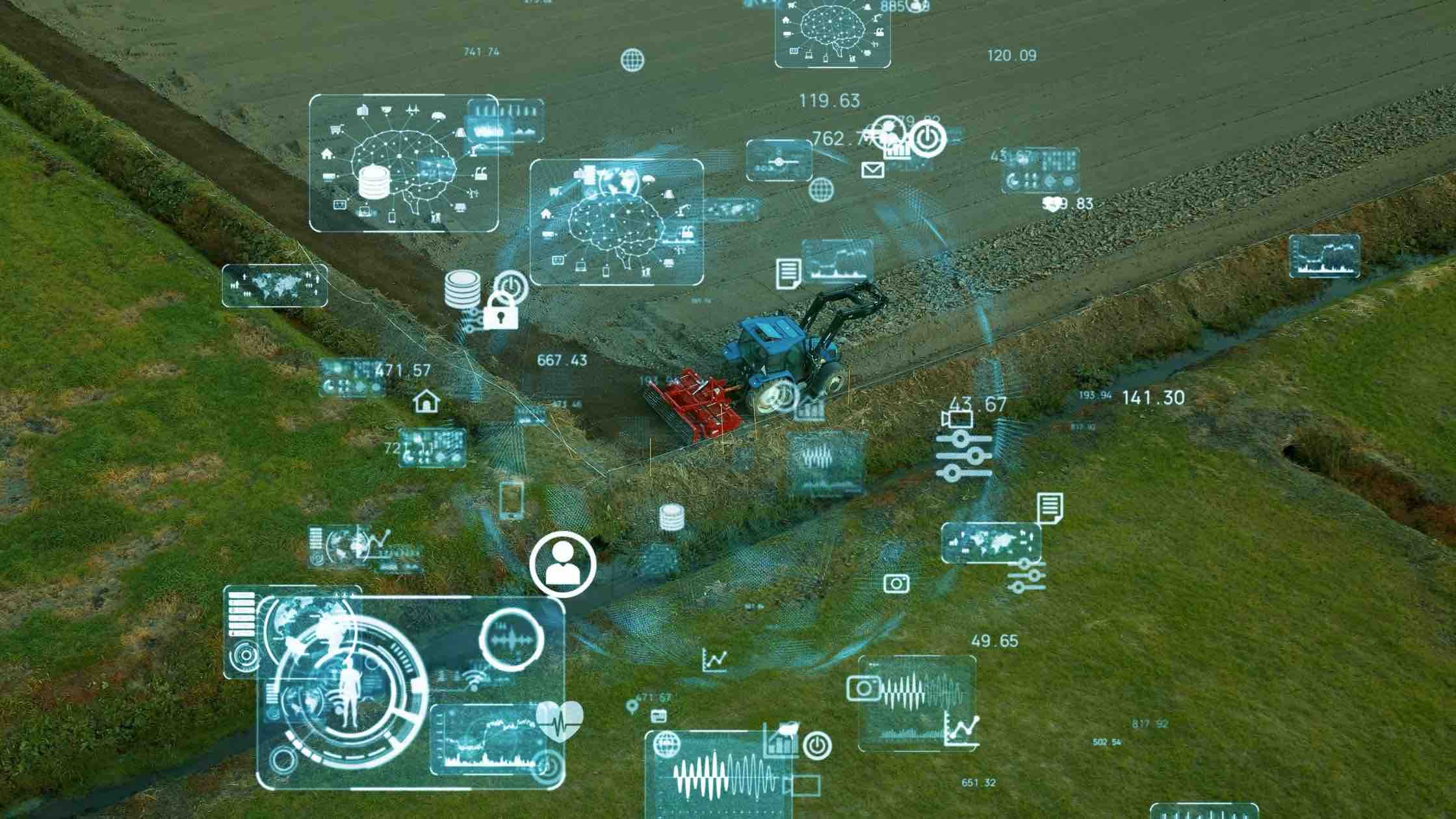Agriculture technology, or agritech, has the potential to shape the future of farming and food production in significant ways.
Agritech, or agriculture technology, uses technology and innovation to improve agricultural productivity, efficiency, and sustainability.
Agritech encompasses a wide range of technologies, including precision agriculture, biotechnology, robotics, data analytics, and more.
Some examples of agritech applications include sensors that measure soil moisture, drones that survey crops, and automated equipment that plants and harvests crops.
As the global population grows and demand for food increases, agritech is becoming increasingly important in helping farmers to produce more food sustainably and efficiently.
Here are some ideas on how to shape the future of agritech:
- Sustainable Agriculture: One of the biggest challenges facing agriculture today is how to feed a growing global population while also reducing the environmental impact of farming. The future of agritech should focus on developing sustainable agriculture practices that maximize food production while minimizing environmental impact.
- Precision Farming: Precision farming involves using sensors, drones, and other technologies to collect data on crops and soil. This data is then used to make informed decisions about irrigation, fertilization, and pest control. The future of agritech should continue to develop and expand precision farming technologies to increase crop yields and reduce waste.
- Vertical Farming: Vertical farming is a technique for growing crops in vertically stacked layers, often in a controlled environment. This approach can increase food production in urban areas and reduce the environmental impact of traditional farming. The future of agritech should explore the potential of vertical farming to produce food sustainably and efficiently.
- Robotics and Automation: Robotics and automation can help farmers to streamline their operations, reduce labor costs, and increase efficiency. The future of agritech should continue developing robotic and automated systems for planting, harvesting, and monitoring crop growth.
- Data Analytics: Data analytics can provide farmers with valuable insights into their operations and help them to make informed decisions. The future of agritech should focus on developing advanced data analytics tools to help farmers optimize their operations and increase productivity.
The goal of agritech is to increase food production and improve food security while minimizing the environmental impact of agriculture.
By investing in these and other emerging agritech technologies, we can shape the future of agriculture and food production in ways that are sustainable, efficient, and beneficial for all.
Read more on Crenov8:
Emerging Business Trends that will significantly influence the future beyond 2023
Technology is having an increasingly significant impact on the Future of Education
How the shift toward Electric Mobility will impact the World in the Future






